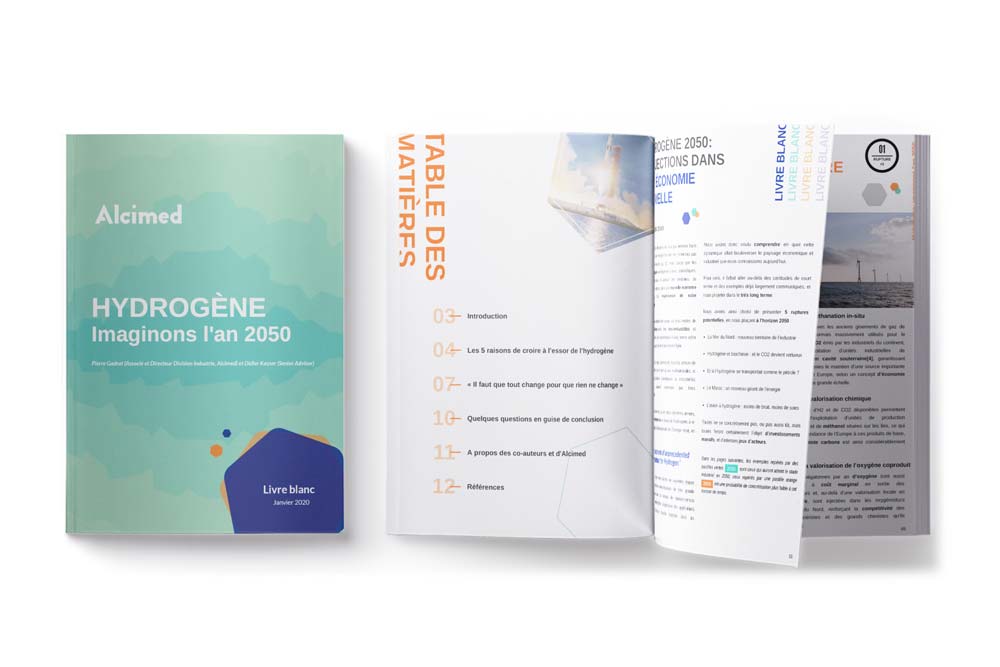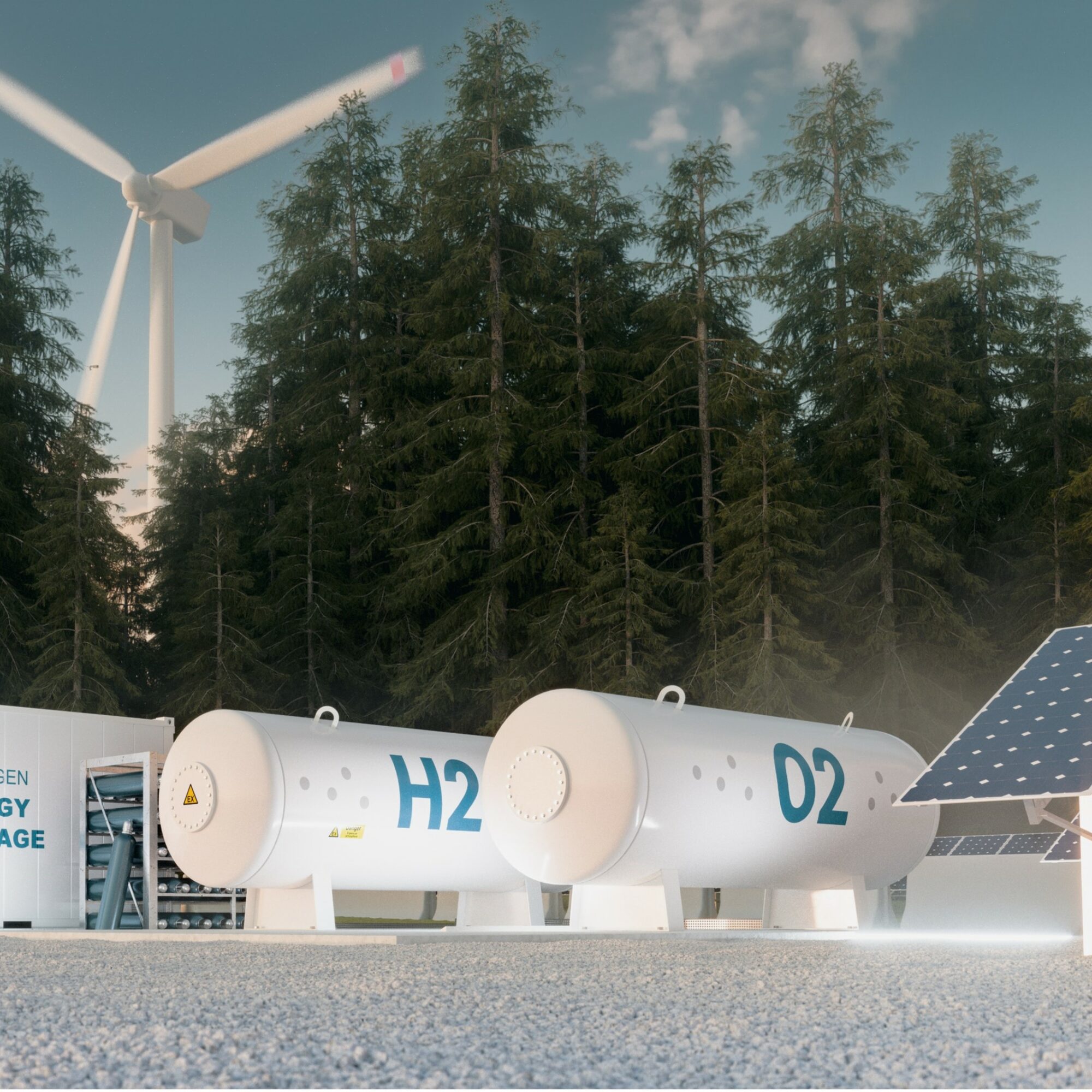
Green hydrogen
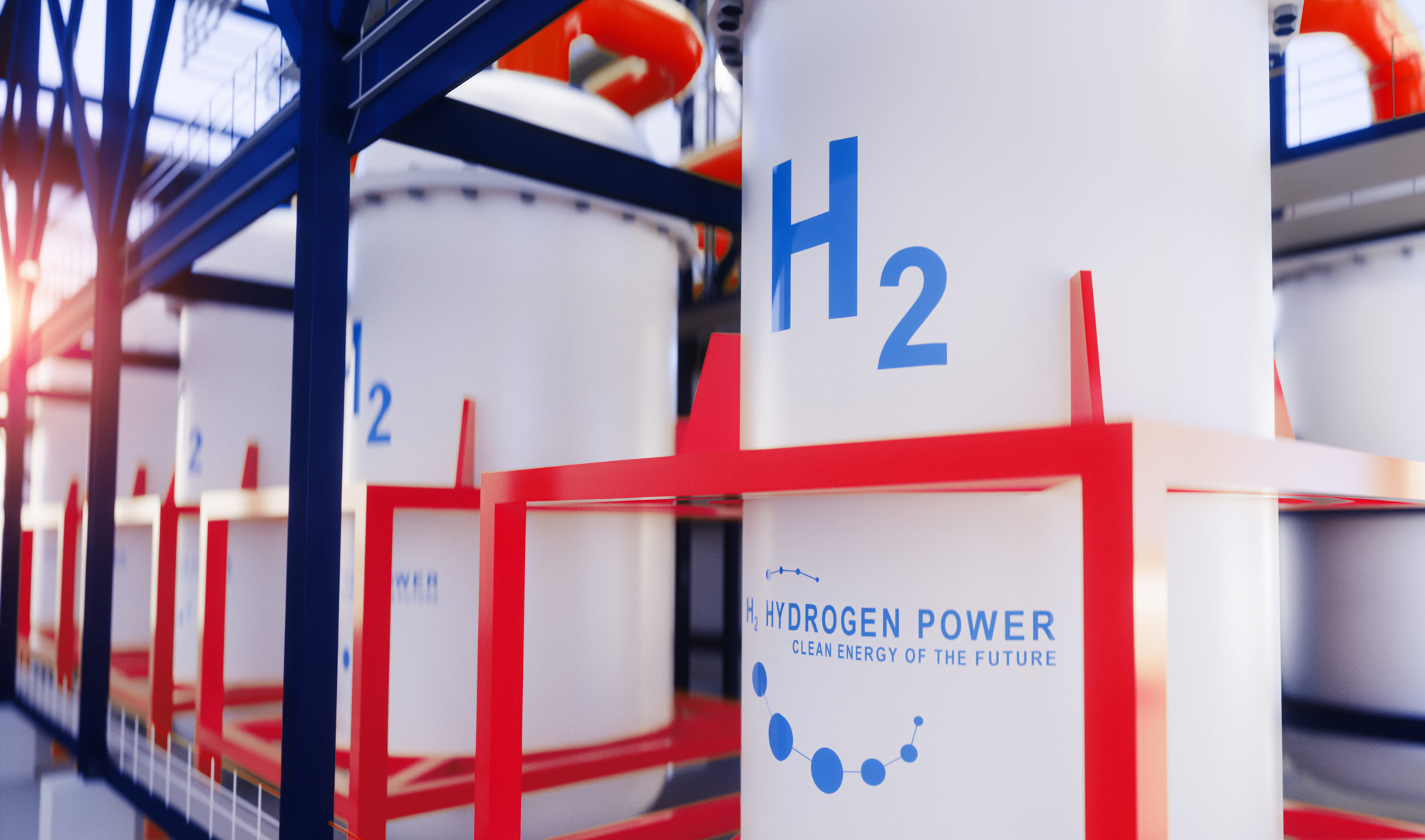
Accelerate your energy transition with low-carbon hydrogen
Our specialized team supports companies in their innovation and development projects related to the hydrogen market, whether in terms of business, production, storage or valorization.
They trust us

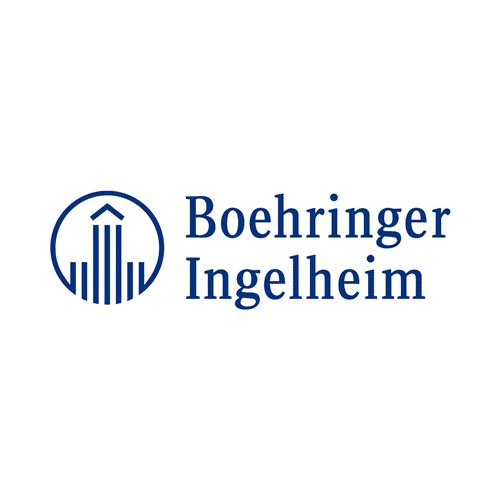






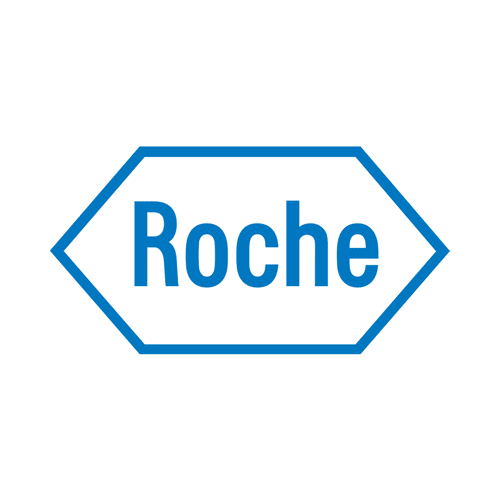


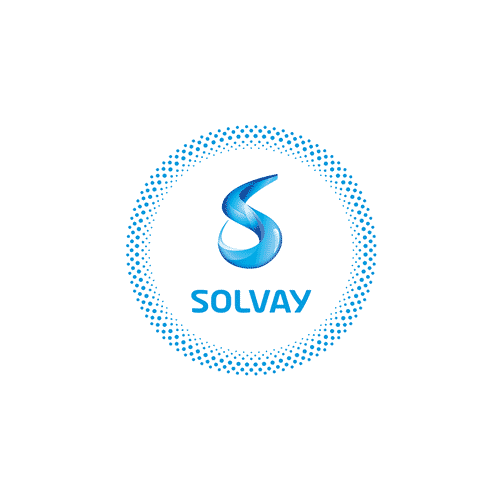
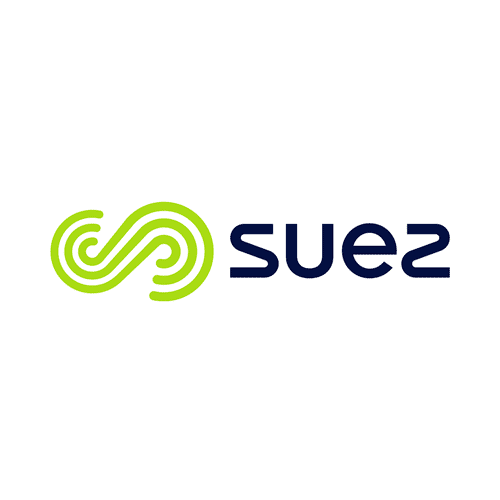
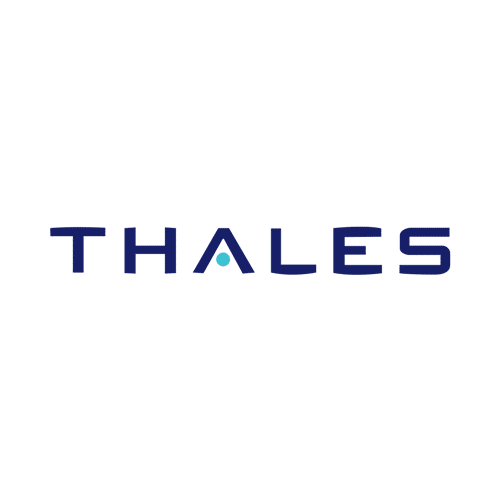
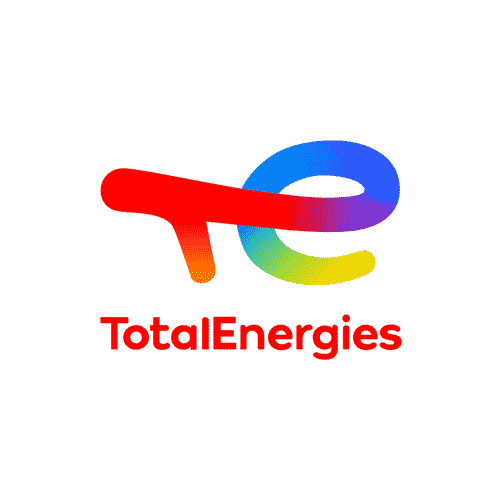
The challenges related to hydrogen and green hydrogen
The use of hydrogen in industry and in the field of transport is currently booming. In fact, most major countries have set up support programs to help develop the hydrogen sector. Indeed, its high energy efficiency and its storage capacities position hydrogen as a substitute for fossil fuels and therefore as an important axis of the energy transition.
SWhile the hydrogen sector is developing, there are many implications for industrial players operating in this expanding market. They include:
Renewable energies such as solar or wind power make it possible to produce cleaner energy, but often in larger quantities than the grid can integrate. Hydrogen is considered as a storage solution, allowing to “delay” this energy produced and return it to the network when necessary: the excess electricity is used to produce green hydrogen, which can then be converted back to power via a fuel cell.
How do we develop the green hydrogen sector and integrate its use into the renewable energy production sector? How do we set up a system to optimize the storage and, subsequently, the transformation of hydrogen according to supply and demand?
Valorization of hydrogen in the form of a fuel cell makes it possible to produce electricity that can be used in many sectors, whether in the field of transport (cars, bicycles, trains, or hydrogen aircraft) or in industry in the case of stationary installations. In the latter case, hydrogen can be produced locally to supply buildings with electricity, but also to produce heat that can be recovered for local heating. This method makes it possible to take over in the event of an electrical network failure, but also to work towards massive industrialization of fuel cells, which could benefit other sectors such as the automotive sector.
How do we develop the hydrogen electricity production sector? How do we ensure the development of fuel cell production for democratized use at lower costs?
The use of hydrogen as an energy source in automobiles makes it possible to limit the use of fossil fuels. The development of this sector is taking place in parallel with the development of electric vehicles, offering a greater autonomy than the latter and a much shorter charging time.
How do we set up a charging infrastructure network in the territories where this sector is being developed? How do we reduce the size and cost of charging stations to allow their deployment on a large scale?
The combination of hydrogen with CO2 makes it possible to recreate methane, also called natural gas. By using carbon-free hydrogen, i.e., green hydrogen, produced from renewable energies, these methanization processes could make it possible to reduce CO2 emissions in industry while producing methane that can be reinjected into the gas networks of factories, thereby reducing their consumption of fossil fuels.
How do we develop the methane production sector via carbon-free hydrogen and the infrastructures linked to this sector?
Currently, 95% of the hydrogen produced comes from fossil fuels. An important issue for hydrogen remains the development of a hydrogen production chain without CO2 emissions, whether by water electrolysis or by biomass gasification. To be successful, this carbon-free hydrogen must be competitive compared with carbonated hydrogen, which will require a reduction in installations costs, particularly for electrolysers. In addition, the green energy sector would also need to see an evolution of the energy mix, making it possible to achieve a competitive cost of electricity from renewable sources compared with the price of reformatting gas.
How do we reduce the costs of producing hydrogen by electrolysis to make the sector competitive with the hydrogen obtained by reforming natural gas?
The development of the hydrogen sector raises some questions, particularly about hydrogen storage and the implementation of a distribution network, which has a very high deployment cost. The implementation of a reliable and secure distribution network is therefore an essential concern.
How do we support the growth of hydrogen and its various applications by installing a sufficiently developed and versatile distribution network? How do we take into account the local political and regulatory constraints so that they do not hinder industrial development and instead enable synergy between the players?
How we support you in your projects related to hydrogen and green hydrogen
For over 25 years, Alcimed has been supporting its clients in their innovation and new business development projects linked to hydrogen and green hydrogen. Indeed, we have carried out numerous projects for various players such as manufacturers (for example, Air Liquide, ArianeGroup, SNCF, etc.), national and European institutions and research centers (for example, CEA, ADEME, etc.), as well as professional associations.
The diversity of our clients, of the geographic fields we explore, and of the types of projects we develop, give us a global and comprehensive insight into issues related to the hydrogen sector.
Our projects cover areas as diverse as the energy transition, new hydrogen technologies, new business models related to hydrogen, assessment of market opportunities, launch of innovations, partner identification, and regulatory developments.
Examples of recent projects carried out for our clients in hydrogen
Prospective analysis of the distribution of hydrogen in airports in 2030 for a leading energy player
Our team has supported a major player in hydrogen distribution in identifying target airports for hydrogen supply in 2030 and in evaluating the associated access routes.
For this project, we analyzed the expectations and the needs of key players in the sector: governments, gas suppliers, the airports themselves and airlines.
After prioritizing the target airports according to their capacity to effect this change in the years to come, we identified the parameters that our client will have to take into account to support the airports in this change of practice, the various development scenarios, and the possible acceleration levers.
Evaluation of the value of hydrogen supply in charging bases at train stations
For one of our clients in the mobility sector, the Alcimed team assessed the value of one “kg of hydrogen” supplied in the immediate vicinity of a train station for bicycle mobility.
To assess this value and to characterize the relevance of a project enabling hydrogen supply in train stations, our team carried out a thorough bibliographic search and conducted interviews with key players in the field of energy, mobility, the train station environment, and the hydrogen sector. Our study allowed our client to validate their business model and their business plan.
Identification of opportunities to enhance its competencess and accelerate the use of hydrogen for a player in the Space sector
As part of the European Green New Deal, our team supported a client who was seeking to promote its competences on the new ways of using hydrogen, to integrate this booming industry, and to find growth drivers in the development of its supply chain. Our mission consisted in challenging and strengthening our client’s hydrogen strategy, which sought to benefit the different branches of the group and enable the implementation of new collaborations with the hydrogen industry.
In order to do so, our team assessed the markets accessible to our client in terms of liquid hydrogen and their maturity to constitute a source of short-term growth. Then, we identified economic models and possible areas of differentiation for our client. We continued our investigation with an analysis of the possible applications for liquid hydrogen in the mobility and infrastructure sector, as well as a market study on two application segments: maritime propulsion and infrastructure (ports, airports, and liquefiers). Ultimately, our mission enabled our client to finalize its strategy and present the avenues of opportunity for the group in the hydrogen market to the steering committee.
Evaluation of the opportunities for positioning hydrogen as a fuel in the industry to prepare for the launch of a new offer
The objective of this project for our client was to assess and prioritize the receptivity of several industries to the use of hydrogen as an energy source in their industrial processes.
In order to do so, our team first analyzed existing patents, market trends, existing technologies, and the practices of key players in the target sectors in terms of hydrogen use. Our team then assessed the interest of target manufacturers for the use of hydrogen as a replacement for natural gas, and the levers for implementing such a change. Our study thus provided our client with a global vision of the industries to be targeted as a priority for their hydrogen supply offer, as well as an understanding of the key success factors for the implementation of this offer.
Diversification of the supply strategy of a green hydrogen producer
Alcimed supported an industrial player involved in the production of green hydrogen in its strategy to diversify its supplies.
In the first stage, we mapped the key areas of expertise to be considered in order to identify potential new partners, by analysing industrial fields outside our client’s ecosystem with a view to establishing technology transfers. Secondly, our team identified and evaluated the industrial players capable of meeting our customer’s specifications.
By broadening the field of possibilities, this approach enabled our customer to identify new partner profiles capable of supporting them in their future developments.
You have a project?
To go further
Cross-sector
HYDROGEN, let’s imagine 2050
From large industrial players to specialized SMEs, several tens of billions of euros will very soon be committed, each year in Europe, to the development of the hydrogen sector, so that it can take ...
Energy - Environment - Mobility
The industrial exploitation of white hydrogen, myth or reality?
Where is white hydrogen found? One of white hydrogen’s unique features is that it can be found all over the world. However, while it is globally distributed, deposits of natural hydrogen are ...
Cross-sector
Hydrogen rainbow: not hydrogen but hydrogens!
Depending on the origin of the raw materials used or on the manufacturing process, hydrogen can be described as blue hydrogen, green, pink, grey, etc. If hydrogen is indeed widely considered as the ...
Founded in 1993, Alcimed is an innovation and new business consulting firm, specializing in innovation driven sectors: life sciences (healthcare, biotech, agrifood), energy, environment, mobility, chemicals, materials, cosmetics, aeronautics, space and defence.
Our purpose? Helping both private and public decision-makers explore and develop their uncharted territories: new technologies, new offers, new geographies, possible futures, and new ways to innovate.
Located across eight offices around the world (France, Europe, Singapore and the United States), our team is made up of 220 highly-qualified, multicultural and passionate explorers, with a blended science/technology and business culture.
Our dream? To build a team of 1,000 explorers, to design tomorrow’s world hand in hand with our clients.
Hydrogen is a chemical element found in massive quantities on the planet, and in particular in the gaseous form of H2. It is mainly used for industrial purposes in the chemical and refining sector.
Green hydrogen refers to low-carbon hydrogen produced mainly from renewable energies through water electrolysis. It constitutes one of the levers for accelerating the energy transition towards carbon neutrality.
In a context of decarbonisation of industry, green hydrogen continues to arouse strong interest, even though there are still many challenges to be met: developing demand, improving economic competitiveness, developing the supply chain, etc. In 2023, the green hydrogen market was valued at around 4 billion dollars, and it is expected to grow at a sustained rate, with an estimated CAGR of over 40% over the period 2024-2030.
